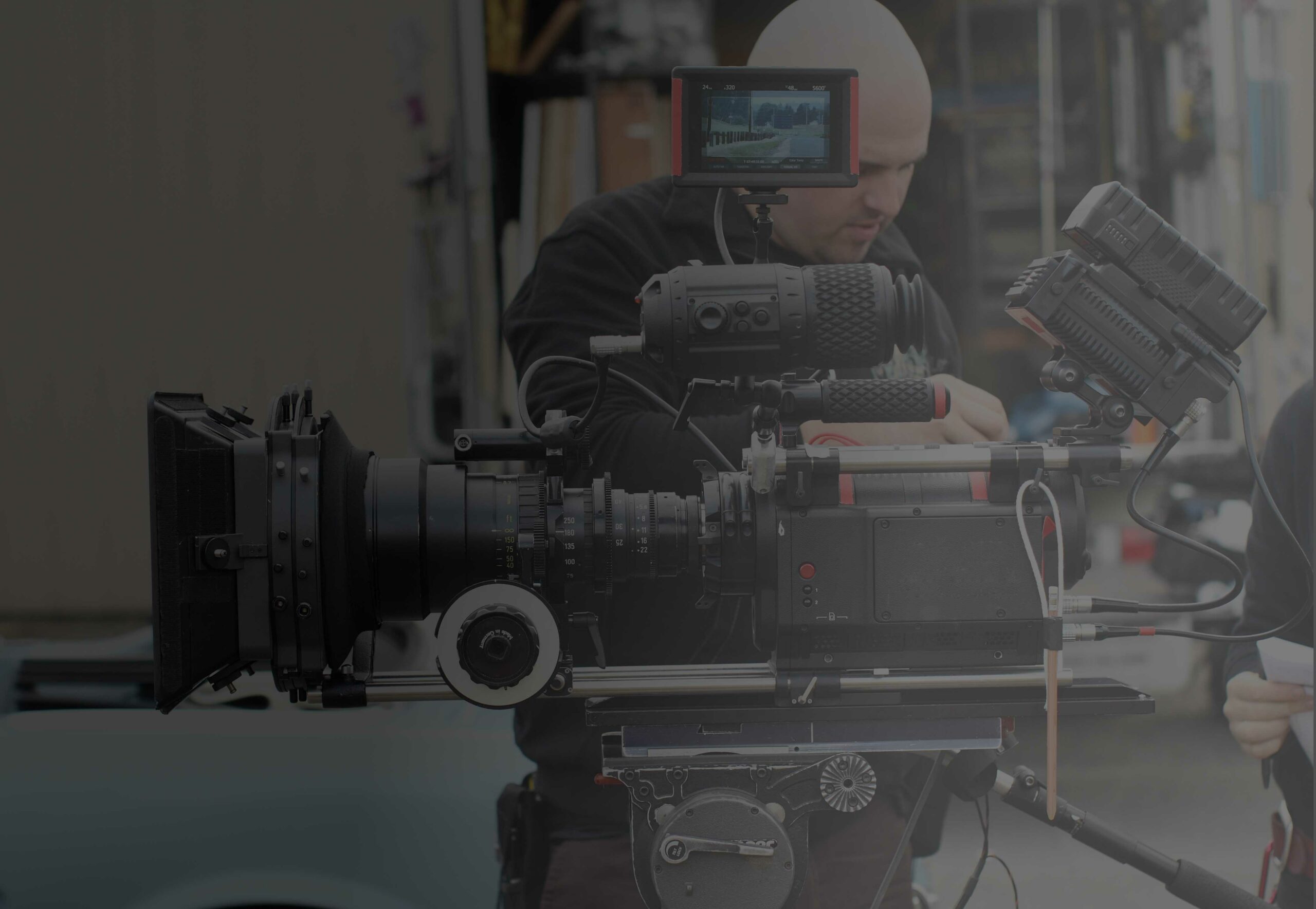Location Manager
The location manager is a member of the film crew responsible for the finding and securing locations to be used, obtaining all needed fire, police and other governmental permits, and coordinating the logistics involved for the production to successfully complete its necessary work. They are also the face of the production to the community and responsible for addressing the issues that may arise due to the production’s impact on the community. In Hollywood, they are represented by the International Brotherhood of Teamsters Local 399 and in New York and Chicago they are represented by the Directors Guild of America (DGA) for features and television work. In New York Commercials they are represented by the International Brotherhood of Teamsters Local 817. Additionally, nationwide, they have the Location Managers Guild of America, a non-profit corporation dedicated to the promotion and interests of their members and their relations with the general public, communities and industry partners. In the New York area they have the Association of Location Scouts and Managers (ALSAM) They are commonly associated with production as being part of the management of a show and as such, are generally paid a weekly salary as opposed to an hourly wage. The salary changes with how much experience a person has and can range from a couple hundred dollars a day on low-budget films to almost a thousand dollars a day on commercials. The location manager is typically responsible for film location scouting. They usually oversee several other scouts and assistant managers during the course of a show. A location manager will commonly work closely with the director and the production designer during preproduction to find and secure their expressed creative vision. The manager is also responsible for public relations at the locations used and the safety of the crew during filming. A “location scout” is responsible for the initial scouting of all the locations used in a film and translates the writer and director’s vision for the look of the scene into a viable and appropriate location. An experienced location scout will take into account all the logistics necessary for the production to adequately work. Some of the things that a location scout needs to be aware of before submitting a location for approval are the fees and budgetary restrictions of the production, local permitting costs and regulations, camera and lighting requirements, convenience to other locations, crew, production services, crew and unit parking, and possibly incidental issues such as direction of the sun, traffic in and around the location, airplane flight paths, weather patterns, road work, demonstrations and even interest by local organized crime families. Once a location has been determined to meet the appropriate look, the location manager must then schedule dates for preparation, wrap and strike, and negotiate with the property owner an appropriate fee as well as fees to any neighbors and tenants that may also be impacted by the production. The location manager will also apply for the necessary permits through the local municipality and/or community and housing associations, arrange parking for trucks, equipment and crew, prepare temporary facilities for holding production, talent, crew and meals, and ensuring the security of the location, the safety of the crew while minimizing the impact to the surrounding community. Good location managers are well poised and able to think fast on their feet as they are constantly moving, usually preceding production to a location and overseeing final strike and wrap. They are the first and last people the public sees that represent the production and are responsible for ensuring that the location is returned to the condition in which it was received. The location manager is also to be aware of the possible copyright issues which may be an issue if the show is filmed in a public place where there is art work or similar and where the artist has to give consent to the creation being depicted or covered or replaced by other artwork. They need to be aware of the production’s needs and know how to best accommodate them while diplomatically ensuring that the requirements of all parties, from the property owners, line producer, director and production designer to the grip and electric lighting and rigging the set and their teamster brothers with all their trucks, trailers and vans.



